Why Do Dogs Roll in the Grass? [Explained]
Dogs are known for their playful behavior and unique ways of expressing themselves. Rolling around in the grass is a common sight for many dog owners, but have you ever wondered why they engage in this seemingly odd activity? In this article, we will explore some of the reasons behind this intriguing canine behavior.
One reason dogs may roll around in the grass is to cover their own scent with that of their surroundings. As descendants of wild hunters, dogs still possess instincts to mask their presence from potential prey or other animals. The grass, filled with scents from the environment and other creatures, provides them with a perfect opportunity to disguise their natural odor.
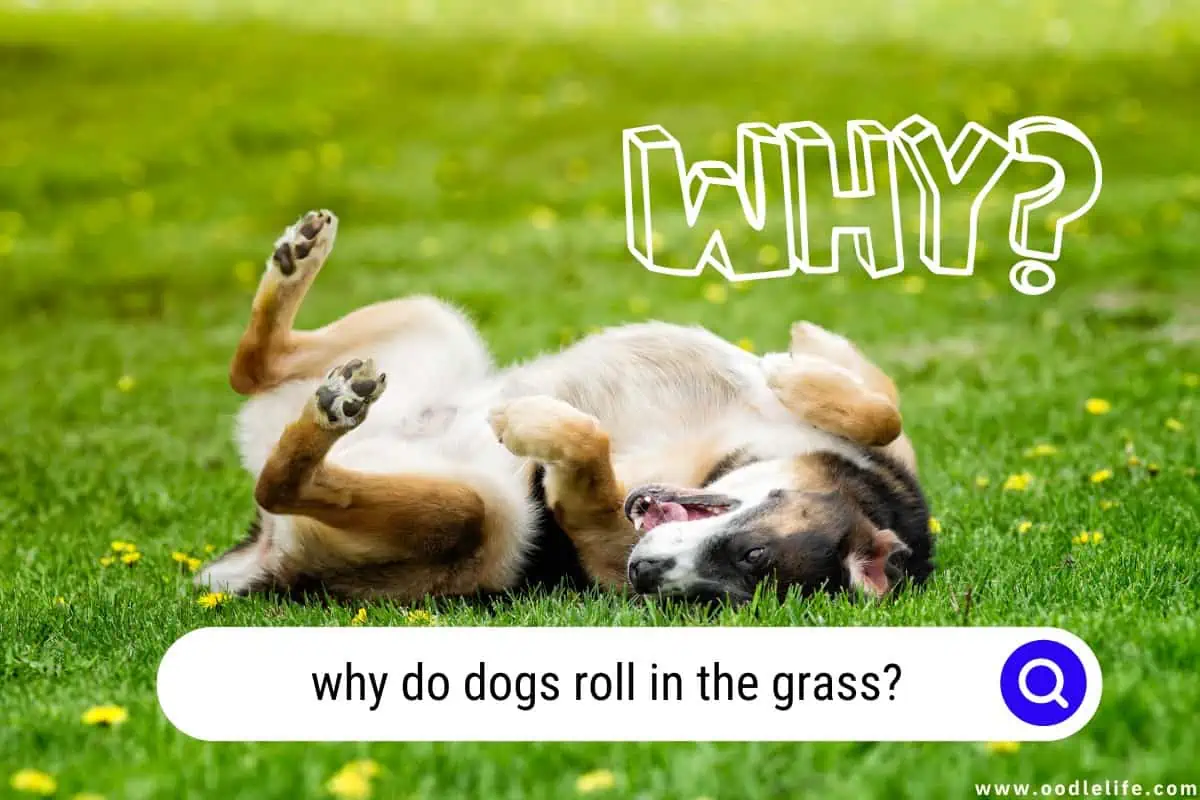
Furthermore, rolling in the grass could also simply be a way for dogs to express their happiness and release some of that excess energy.
On top of these reasons, dogs might also use rolling in grass as a form of communication through scent. By picking up scents from the grass and transferring them to their fur, dogs can share information with other dogs and even scratch a specific itch. With all these factors at play, it’s no wonder our furry companions can’t seem to resist a good roll in the grass.
Why Do Dogs Roll in the Grass?
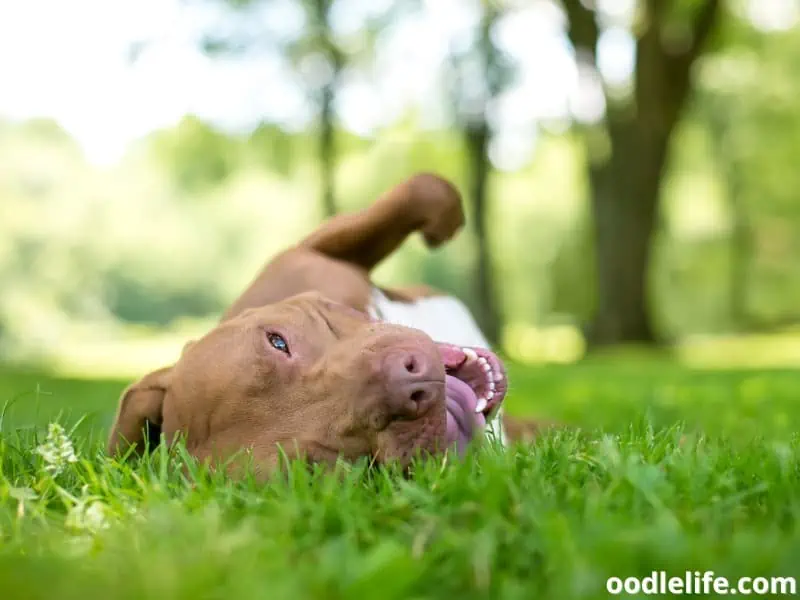
Instinct and Ancestors
Dogs rolling in the grass is an instinctive behavior inherited from their ancestors. In the wild, canines would roll in the grass as a way to pick up scents from their environment, whether it was the smell of potential prey or a spot that held a valuable resource. This helped them navigate their surroundings with more information and greater efficiency.
So when you see your dog rolling around in the grass, it’s like they’re paying homage to their wild ancestors!
Masking Their Scent
Another reason dogs roll in the grass is to disguise their own scent. In the past, masking their natural odor was crucial for survival as it allowed them to hunt for prey without being easily detected. When your furry friend rolls in the grass, they’re trying to pick up a new scent, which can help them fit in with their environment and feel more connected to nature.
Scratching an Itch
Dogs might also roll in the grass to soothe itchy or irritated skin. Rolling around can provide temporary relief from allergies, skin infections, fleas, or other irritations. However, if you notice that your dog is frequently rolling in the grass and displaying other symptoms like redness, swelling, or hair loss, it might be best to consult your veterinarian to address any underlying issues.
Happiness and Enjoyment
Finally, dogs just love rolling in the grass because it brings them joy! The sensation of the grass on their fur and skin can be both calming and enjoyable. It allows them to engage their senses, feel the coolness of the grass, and have a moment of simple, carefree happiness.
So next time you see your dog rolling around in the grass, rest assured they’re just savoring the little pleasures of life.
Health and Safety Concerns
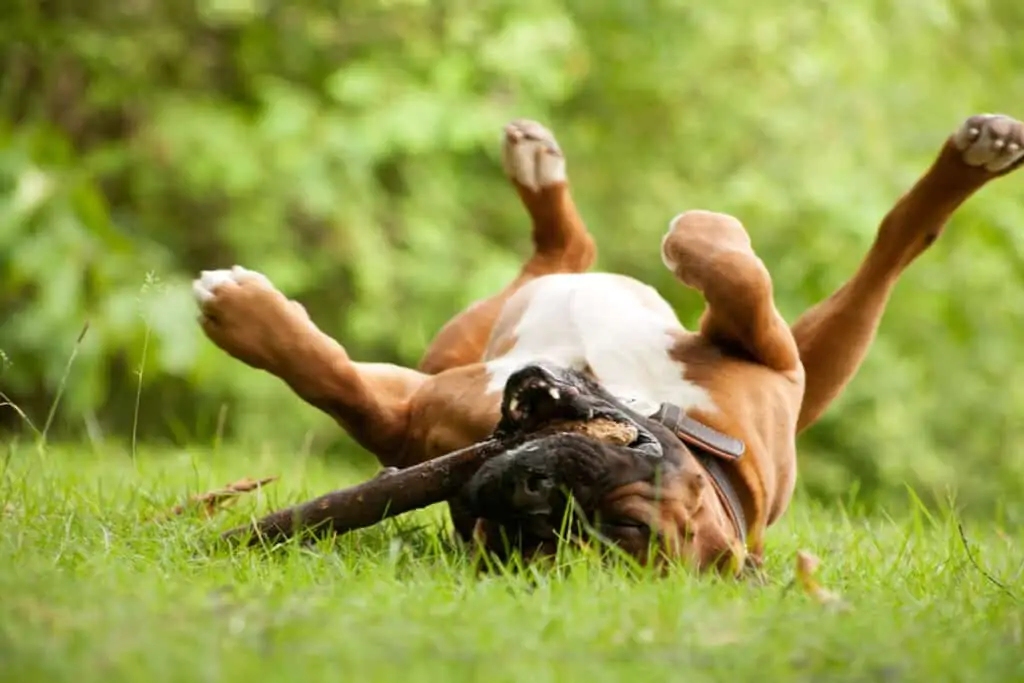
Allergies and Skin Infections
Dogs love rolling around in the grass, but sometimes this fun activity can lead to a few health concerns. For instance, if your dog is prone to allergies, itchy skin, or has a history of skin infections, rolling in the grass might make these issues worse. Every time Fido rolls around in the grass, he’s picking up pollen, dust, and other potential allergens on his fur and skin.
Moreover, damp grass may harbor bacteria that could lead to skin or ear infections.
Parasites and Worms
Grass is a fantastic playground for parasites such as fleas and ticks. As our four-legged friends enjoy grass-rolling, they might accidentally pick up these pesky pests, which can lead to itchiness and discomfort, along with potential health problems like Lyme disease.
Additionally, some lawns might be contaminated with worms from other animals’ feces. Rolling in these areas puts your dog at risk of contracting worms, which can cause digestive issues and more severe health problems if left untreated.
Pesticides and Other Hazards
When it comes to keeping our lawns pristine and green, many people use pesticides and other chemicals. While these may be great for maintaining the perfect lawn, they can pose a risk to your dog’s health. Rolling in grass treated with such substances can cause irritation or even toxic reactions if your dog ingests them by licking their fur.
To avoid these hazards, it’s crucial to ensure your dog only rolls around in untreated, safe grassy areas.
So, next time your dog is having a blast rolling in the grass, keep an eye out for any potential health risks. Remember, a little extra vigilance can go a long way in ensuring your beloved canine companion stays happy, healthy, and itch-free!
Behavioral Factors
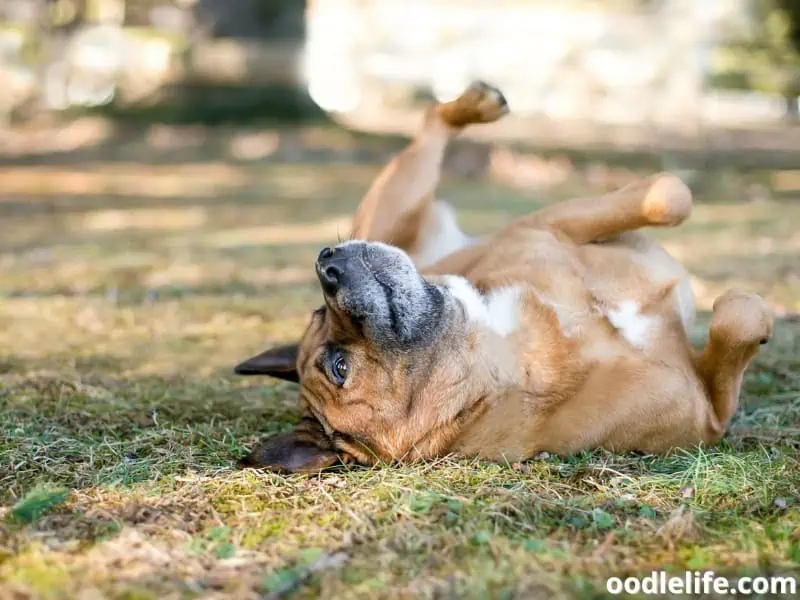
Communication and Scent Marking
Dogs rolling in the grass is a part of their natural behavior, as they use it to communicate with other dogs and animals by spreading their scent. This action is inherited from their wild ancestors, who used scent marking as a way of claiming territory or communicating with other members of their pack. When your dog rolls around in the grass, they’re not only scratching a physical itch but also engaging in a primal activity that taps into their ancient roots.
Sense of Smell
A dog’s sense of smell is said to be about 10,000 times more powerful than a humans’, which helps them pick up all sorts of fascinating scents. When your dog rolls around in the grass, they may be spreading their own scent as well as picking up interesting smells that we humans couldn’t even begin to detect. Imagine being able to smell the world in such detail; you’d probably want to roll around in grass, too!
Dead Animals and other Gross Things
Sometimes, dogs might take their love for rolling in the grass a bit too far by finding dead animals or other smelly substances to roll in. This repulsive behavior might have a reason behind it too; their canine ancestors would often roll in the foul-smelling substances to help conceal their own scent while hunting. So, while it might make you cringe, your dog is practicing some ancient survival techniques.
In summary, dogs rolling in the grass is a behavior rooted in their ancestral instincts, from communication and scent marking to indulging their powerful sense of smell. And even though they might pick up something gross along the way, it’s just a part of their fascinating and complex world.
Managing and Training Your Dog
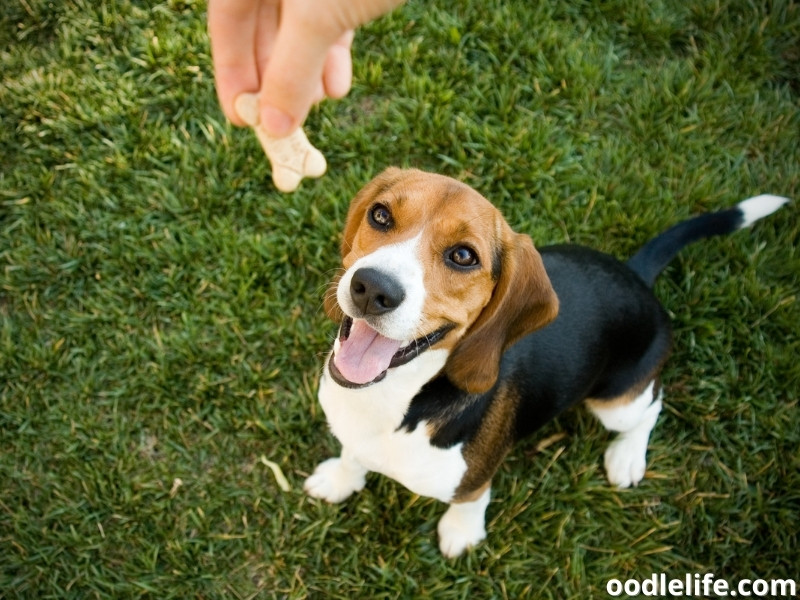
Positive Reinforcement Training
When it comes to training your dog, positive reinforcement is a very effective approach. This method involves rewarding your dog for good behavior, which helps them associate that behavior with something positive. For example, if your dog stops rolling around in the grass when you say “stop,” you can give them a treat or a pat on the head as a reward.
This way, your dog will be more likely to react positively the next time you want them to stop rolling in the grass.
Remember to keep the training sessions short and fun, as that makes it easier for your dog to learn and retain new behavior. Consistency is key, so be sure to stick with the same reward system and reinforce the desired behavior regularly.
Addressing Obsessions
Some dogs might develop an obsession with rolling around in the grass, which can be challenging to manage. To address this, it’s essential to identify the triggers for this behavior. Is it a particular smell, a specific type of grass, or something else?
Observe your dog and take note of any patterns that might help you determine the cause of the obsession.
Once you’ve found the trigger, you can work on redirecting your dog’s attention. For instance, if your dog tends to roll in the grass when they encounter a specific scent, try distracting them with their favorite toy or a treat. This redirection can help break the cycle and eventually reduce the obsessive behavior.
In conclusion, managing and training your dog to minimize grass-rolling behavior can be achieved through positive reinforcement training and addressing obsessions. Patience, consistency, and understanding your dog’s needs are crucial for a successful outcome. And remember, a well-trained and happy dog is a joy to have as part of your family.
Conclusion
Dogs rolling in the grass can be attributed to several reasons, some of which include ancestral instincts, scent camouflage, and happiness. Another possible reason is to cool down, mark their territory, or scratch hard-to-reach itches. While observing this behavior might leave you puzzled, it’s important to remember that rolling in the grass is, for the most part, natural for our canine companions.
So, when you see your dog stretching out and enjoying a good roll in the grass, take a moment to appreciate the simple joys in life. It serves as a reminder that sometimes, it’s good to let go of our worries and just roll around in the metaphorical grass – or the actual grass, if that’s your thing.
It’s crucial to monitor your dog during their grass adventures, as some harmful substances might be lurking in the area. Keep an eye out for potential health hazards like pesticides, ticks, or other unwelcome surprises in the grass. Being proactive can ensure your dog’s safety while they still enjoy their favorite pastime.
To sum up, let your furry friend embrace their grass-rolling endeavors, as long as they don’t pick up unsavory scents or irritants along the way. After all, there’s nothing quite like basking in the sun and engaging in a well-deserved roll in the grass. Just remember to pack some doggy wipes for the aftermath!